Entertainment
Best Self Tanners for Beginners and Pale Skin on August 18, 2023 at 8:11 pm Us Weekly

Us Weekly has affiliate partnerships so we may receive compensation for some links to products and services.
Editor’s note: Article updated on April 3, 2023.
Looking for the best self tanner for beginners and pale skin? We’ve got you. At-home tanners are far more affordable than getting regular spray tans, and the safer option as opposed to harmful tanning beds. If you want that instant (or gradual) bronze without a streaky mess or bright orange complexion, stick with Us!
Quick Picks:
Easiest to use: Tanologist Express Self Tan Water
Best for avoiding streaks: Isle of Paradise Self Tanning Drops
Sensitive skin pick: Tarte Brazilliance PLUS Self Tanner
Which Self Tanners Are Best for Beginners?
The answer to this can definitely vary based on your skin tone, your desired look and how fast you want results, which is why we’re listing a huge variety of products below. In general, however, you might want to start with something gradual or less intense until you get the hang of things. You could even go for something totally temporary. Self tanning can get tricky if you go too dark or permanent and put too much on your knees, for example!
How to Avoid Overdoing a Self Tan on Pale Skin
Even if you’re not fully new to tanning, you still have to be careful when applying to pale skin if you don’t want to turn bright orange or way darker than could ever be natural. Again, a gradual tanner could be a great pick here, or something that’s very easy to apply everywhere so you don’t miss a spot, such as an oil or mist. A splotchy application will unfortunately be more obvious on pale skin, so make sure to take your time, pick the right products and even start by doing a test patch on a part of your body that’s usually not exposed!
Beginner Tips for a More Natural Tan
There are definitely some expert tips you’ll want to know right away. First, you should always exfoliate your skin for a clean, even base before tanning, and make sure it’s clean. Another tip is to make sure you’re not missing any less obvious spots, such as your ears, your armpits, your neck or even the backs of your hands. Another tip is to start down at your feet and work your way up to avoid streakiness! Of course, yet another hot tip is to use an accessory like a tanning mitt or brush for a flawless tan!
Just as you don’t want to miss any spots, you also want to make sure you’re doing overdoing it on certain spots! Knees, hands, elbows and even fingernails can be tricky, especially if you’re new to the self tan world, so pay extra attention to make sure they don’t end up with dark creases.
Products that may help you get the perfect tan:
GAIYAH Self Tanning Mitt
Isle of Paradise Blending Brush
Yvoier Tanning Back Lotion Applicator
Ready to find your go-to for this summer and all of the months and years after that? Check out 17 of the best we picked below!
19 Best Self Tanners for Beginners and Pale Skin
Our Pick for Best Self Tanner: St. Tropez Self Tan Purity Bronzing Water Face Mist
This clear, streak-free mist can be used under or over makeup for a natural glow that may last for days. Thanks to its antioxidant properties and ingredients like fresh green mandarin water, it might just become a key part of your skincare routine too. And hey, none of that chemical smell you can’t stand!
Self Tanner for Face: Tan-Luxe The Face Illuminating Self-Tan Drops
This tanning concentrate may look small, but it’s mighty. Simply add a few drops to your serum, moisturizer or face oil for a glorious tan. So easy. We’re talking Triple Tan Technology here for nourished, natural radiance. Reviewers say they “couldn’t recommend this more” and that they now have a “perfect bronzed glow”!
Self Tanner for Legs: Vita Liberata Body Blur Instant HD Skin Finish
If you’ve ever been stuck wearing pants in 90-degree weather because of a terrible tan you couldn’t remove, this is the body bronzer for you. It rinses off, so that fear of commitment is gone, making it great for beginners especially. The hydration will stick around though — this self tanner has moisture-locking technology which lasts up to 72 hours!
Self Tanner for Face and Body: SOL by Jergens Deeper by the Drop Self Tanning Drops
If you’re a beginner, a single product for face and body might be more up your alley. These drops are designed for both and can be used by all skin tones, because you can customize your tan! Add anywhere between three-to-15 drops with any moisturizer, serum or oil that you regularly use on your face and body to get the glow you want.
Gradual Self Tanner: COOLA Organic Gradual Sunless Tan Sculpting Mousse
You can’t go wrong with COOLA. As one reviewer said, “COOLA is the best and this product confirms my opinion.” This gradual tanner is perfect for confidently tanning pale skin. It’s already unique thanks to its mousse formula, but it gets even better from there when you realize it has ingredients like green coffee extracts to contour and firm up the skin. It’s made with 70%+ certified organic ingredients too!
Clarins
Instant Self Tanner: Clarins Self Tanning Instant Gel
Not wasting any time? You’ll want to try out this instant tanner from Clarins. This non-oily gel tanner has aloe vera and shea butter to keep skin soothed and smooth in the sun, and it dries fast so you can get dressed just a few minutes after application!
Self Tanner for Acne-Prone Skin: Suntegrity Staycation – Botanical Bronzing Shimmer Serum
This luminous bronzing serum is made for all skin types, including sensitive and blemish/acne-prone. It even has a gorgeous shimmer to it so you can truly sparkle in the sun without needing to cover up any dots or spots you would rather not show off. We know they can be more visible on pale skin, so this could be a big help!
Fine Mist Self Tanner: Tanologist Express Self Tan Water
Reviewers say this is one of the easiest tanners they have used because of the mist packaging. It spritzes on clear and you don’t have to wash it off, which is one less step in the tanning process to deal with. Shoppers say the end result is a perfectly even and natural-looking bronzed glow!
Ultra-Fast Express Self Tanner: b.tan Pre-Shower Self Tanner Mousse
If you need to get a tan fast, this is the mousse to use! You can leave it on for as little as nine minutes and wash it off immediately after — though leaving it on for longer will result in a deeper hue. But after you do shower (just water, no soap), the tan will continue to develop, which makes this ideal if you’re dealing with a time crunch.
Self Tanner for Very Fair Skin Tones: Bondi Sands Self Tanning Foam
Bondi Sands is easily a favorite among influencers, and we can see why. Getting an even tan is so easy with this professional-grade tanning foam, and it comes in a light/medium shade for those of us with fairer, very pale skin. It’s made to give you “the ultimate Australian tan in minutes,” and we have no complaints about that!
Cruelty-Free Self Tanner: Isle of Paradise Self Tanning Drops
These cruelty-free tanning drops are vegan, organic and hypoallergenic, free of toxins, gluten, mineral oils and more. They are also a total fan-favorite with over 1,300 reviews. Shoppers say they “wake up with a soft glow” after using them and claim these are a “must-have for an even all-over tan”!
Self Tanner That Also Fights Cellulite: Coco & Eve Sunny Honey Bali Bronzing Self Tanner Mousse
This natural DHA tanning mousse is made with the brand’s Cellushape technology. It’s infused with raw virgin coconuts, botanicals, amino acids, fruit extracts and cocoa to potentially hydrate skin, blur pigmentation and stretch marks and provide anti-aging, anti-cellulite benefits!
Self Tanner That Will Fit Any Budget: Alba Botanica Sunless Tanner Lotion
For under $10, we’d recommend this clean tanning lotion to just about anyone. It has plenty of fans and a beautiful ingredient list featuring shea butter, sweet almond oil and safflower oil — and no gluten, parabens, phthalates or synthetic fragrances!
Self Tanning Wipes for a Mess-Free Application: Tan Towel Self Tan Towelette
These wipes come individually packaged and pre-soaked with the self tanning formula to help make the process that much easier! You can use them on both the face and body, and can toss them in the trash once you’re all wrapped up. These are perfect for tanning on the go if you don’t have the time to spare before a vacation!
Self Tanner for a Little Extra Glow: Moroccanoil Shimmering Body Oil
Whether you already have a little bit of a tan going on or just want a little bit of natural-looking radiance to make your pale skin more like porcelain, this pearlescent body oil is our pick. It’s not exactly a tanner, but it can still give you that even-toned, glowy effect. Impossible to overdo it, in our opinion!
Luxurious Self Tanner: Sisley-Paris Self Tanning Hydrating Facial Skin Care
Want every self tanning session to feel like a trip to the spa? The fancy, moisturizing cream is the perfect pick for adding to your facial skincare routine. It contains stunning ingredients like hibiscus flower extract and alpine rose extract!
Self Tanner for Dry Skin: Isle of Paradise Self Tanning Body Butter
If you have dry skin, you don’t want to risk your self tanner clinging to dry patches. That’s why we suggest a rich moisturizing lotion like this one, which can keep your skin hydrated while your tan is developing. You can also control how deep your color is depending on how many times you apply the product!
Clean Self Tanner for Sensitive Skin: Tarte Brazilliance PLUS Self Tanner
If you try to stick strictly to clean beauty to avoid any negative reactions, this self tanner may be the one for you. It’s hypoallergenic, dermatologist-tested and sulfate-free!
Temporary Self Tanner for a Day-Long Bronze: Chanel Les Beiges Healthy Glow Bronzing Cream
If you don’t want to commit to a face tan — especially if you’re not sure how it’ll turn out — try something like this bronzing cream instead that you can just wash off at the end of the day and reapply as needed. It’s non-comedogenic and has a lovely, velvety finish!
Still haven’t found what you’re looking for? Check out these related product articles below:
Jennifer Lopez’s Top Skincare, Style and Lifestyle Secrets Revealed: The Master List
10 of the Best Collagen-Boosting Face Creams and Treatments for Ageless Skin
12 Best Cellulite Body Massagers to Smooth Out Your Skin — Starting at $6
Check out more of our picks and deals here!
This post is brought to you by Us Weekly’s Shop With Us team. The Shop With Us team aims to highlight products and services our readers might find interesting and useful, such as wedding-guest outfits, purses, plus-size swimsuits, women’s sneakers, bridal shapewear, and perfect gift ideas for everyone in your life. Product and service selection, however, is in no way intended to constitute an endorsement by either Us Weekly or of any celebrity mentioned in the post.
The Shop With Us team may receive products free of charge from manufacturers to test. In addition, Us Weekly receives compensation from the manufacturer of the products we write about when you click on a link and then purchase the product featured in an article. This does not drive our decision as to whether or not a product or service is featured or recommended. Shop With Us operates independently from the advertising sales team. We welcome your feedback at [email protected]. Happy shopping!
Us Weekly has affiliate partnerships so we may receive compensation for some links to products and services. Editor’s note: Article updated on April 3, 2023. Looking for the best self tanner for beginners and pale skin? We’ve got you. At-home tanners are far more affordable than getting regular spray tans, and the safer option as
Us Weekly Read More
Advice
How to Make Independent Films That Succeed Financially and Critically
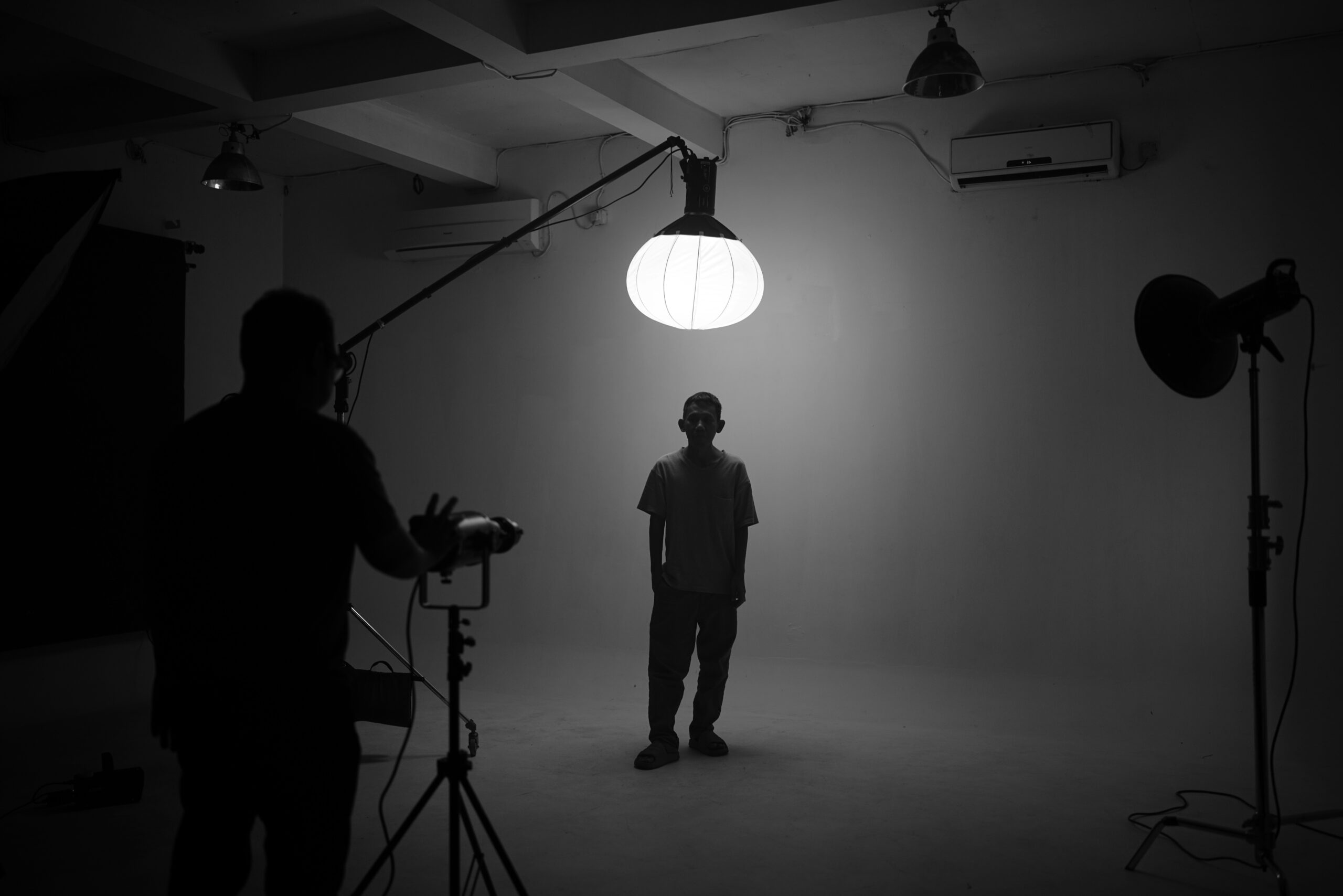
In the fiercely competitive world of independent filmmaking, creating a project that achieves both financial success and critical acclaim can feel like an uphill battle. But with the right strategy, even films with modest budgets can break through, impress audiences, and catch the attention of larger studios. Here’s your step-by-step guide to making it happen.
Crafting a Compelling Narrative
The foundation of every successful film is a strong, unique script. Focus on character-driven plots and sharp dialogue instead of expensive set pieces or special effects. Many celebrated indie films rise to prominence because of their storytelling, not their production value. Consider films like Moonlight or The Blair Witch Project that did more with less, emphasizing deep emotional engagement over costly visuals.
Understanding Your Market
Before production begins, research your target audience and familiarize yourself with the types of indie films currently finding success. Attending festivals and networking with industry insiders can provide valuable insights into trends and opportunities. Studying what resonates with viewers will help you make creative decisions that align with audience expectations while keeping your project marketable.
Budgeting for Success
Creating a realistic budget is crucial. Stretch every dollar by prioritizing key elements such as cinematography, sound, and casting, while using affordable locations or borrowed equipment to cut costs. Many successful indie films are made on shoestring budgets, relying on creative solutions to financial challenges. By planning ahead and negotiating deals, you can make the most of limited resources while maintaining high production quality.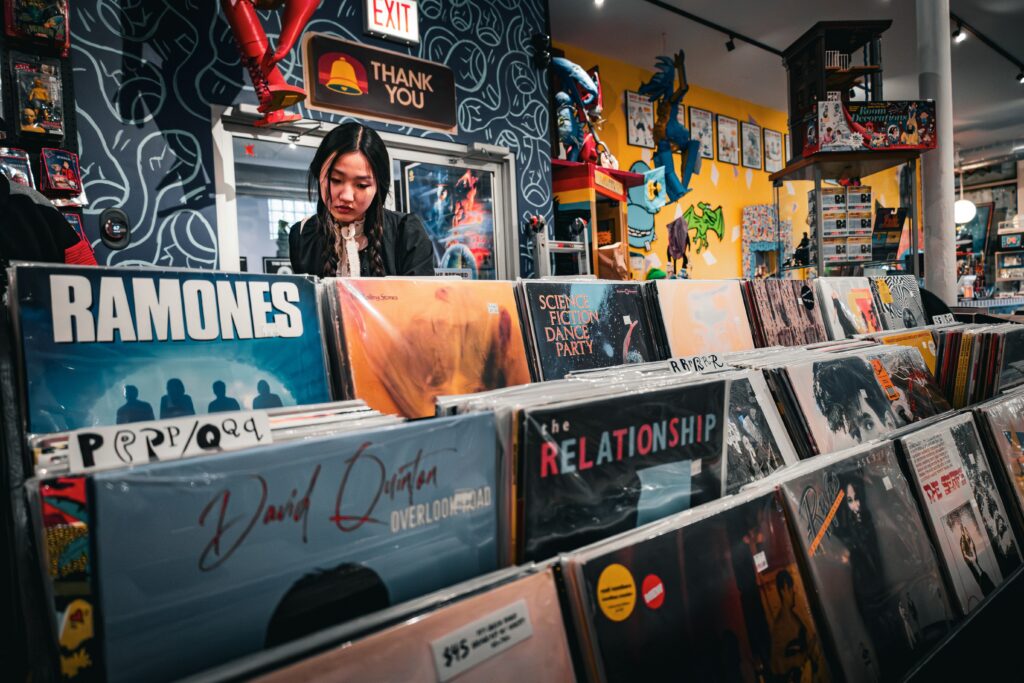
Building Your Dream Team
Assemble a talented and passionate crew, choosing individuals who understand the challenges and rewards of independent filmmaking. Look for experienced professionals willing to work within budget constraints, and cultivate strong relationships with them. A team that is committed to the project will help you overcome challenges and ensure the film reflects your creative vision.
Strategic Casting
While casting well-known actors can attract attention, it’s more important to find talent that fits the role perfectly. Consider working with up-and-coming talent or relatively unknown actors who can deliver standout performances. Many indie films have gained buzz due to breakout roles from fresh faces, and sometimes an impressive performance from an unknown can be more exciting than a star name.
Meticulous Pre-Production
Thorough pre-production planning can save time and money during shooting. Storyboard scenes, create shot lists, and develop a clear shooting schedule to streamline production. Efficiency on set is critical, as every minute saved can be reinvested in improving the film’s quality. Pre-planning ensures that once the cameras roll, the team is fully prepared to capture your vision as efficiently as possible.
Leveraging Relationships and Resources
In indie filmmaking, creativity extends beyond the script. Build strong relationships within the film community to access resources like discounted equipment rentals, low-cost locations, or even post-production services. Many filmmakers rely on the goodwill of their network, calling in favors and bartering services to make their budgets work. Establishing these connections can also benefit future projects.
Focusing on Production Value
With limited resources, prioritize the elements that will make the most difference to your audience’s experience—high-quality cinematography, sound design, and editing. Even on a tight budget, investing in professional-grade sound and visuals can significantly elevate the overall production value of your film, making it look polished and engaging.
Early Marketing and Buzz Generation
Begin marketing your film during production. Share behind-the-scenes content and teasers on social media to build a following and generate interest. Engaging directly with fans by commenting and sharing can foster a loyal audience, ensuring there’s excitement around the release. Start early to create momentum and give your film a better chance of success when it’s finished.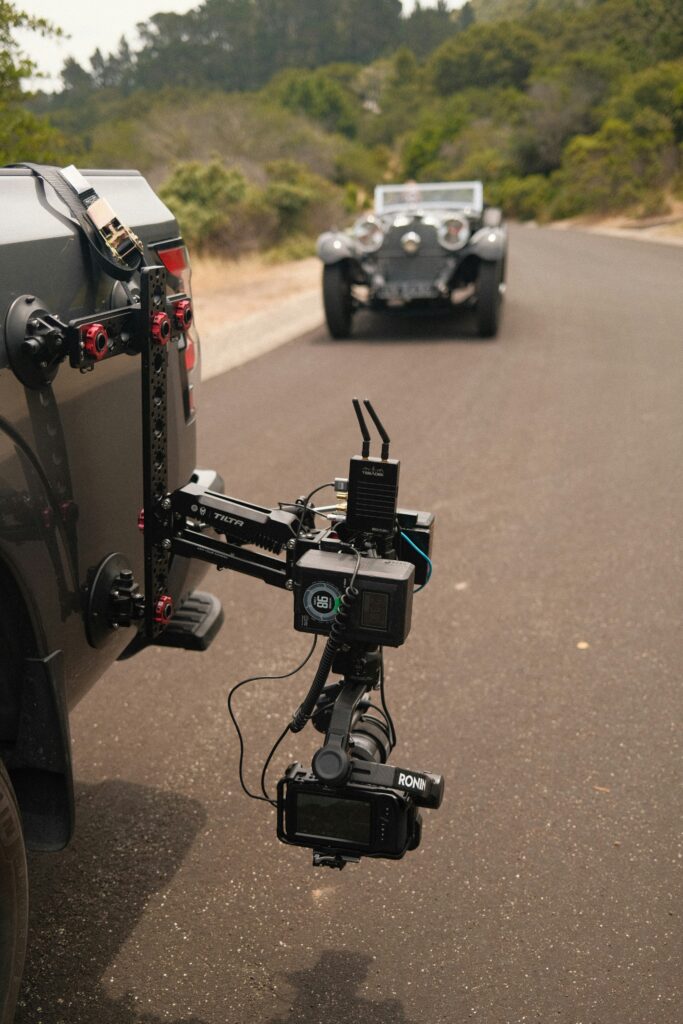
Exploring Distribution Options
Once your film is complete, research various distribution channels—streaming platforms, virtual festivals, and direct-to-consumer services. Streaming platforms like Netflix, Amazon Prime, or Vimeo on Demand provide wide exposure, making them accessible for indie filmmakers. Explore each option and choose the distribution strategy that best fits your film’s content and target audience.
Negotiating Smart Deals
If working with distributors, ensure that you negotiate fair deals. Many filmmakers have learned the hard way that without proper legal counsel, they might sign away too much control or a disproportionate share of the profits. Be prepared to negotiate, and seek legal advice if necessary to protect your creative rights and the financial future of your film.
Learning and Improving
After each project, take time to reflect on what worked and what didn’t. Constantly learning from both successes and failures is key to growth as a filmmaker. With every new project, you’ll be better equipped to navigate the creative and financial challenges of indie filmmaking, ensuring continuous improvement in both your artistry and business acumen.
Conclusion
Success in the indie film world comes from a mix of artistic brilliance and business savvy. By following these steps and staying committed to your vision, you can create films that stand out both critically and financially. With persistence and creativity, your project can rise above the noise and leave a lasting impression on both audiences and industry professionals.
Bolanle Media is excited to announce our partnership with The Newbie Film Academy to offer comprehensive courses designed specifically for aspiring screenwriters. Whether you’re just starting out or looking to enhance your skills, our resources will provide you with the tools and knowledge needed to succeed in the competitive world of screenwriting. Join us today to unlock your creative potential and take your first steps toward crafting compelling stories that resonate with audiences. Let’s turn your ideas into impactful scripts together!
Advice
How to Craft a Compelling Narrative
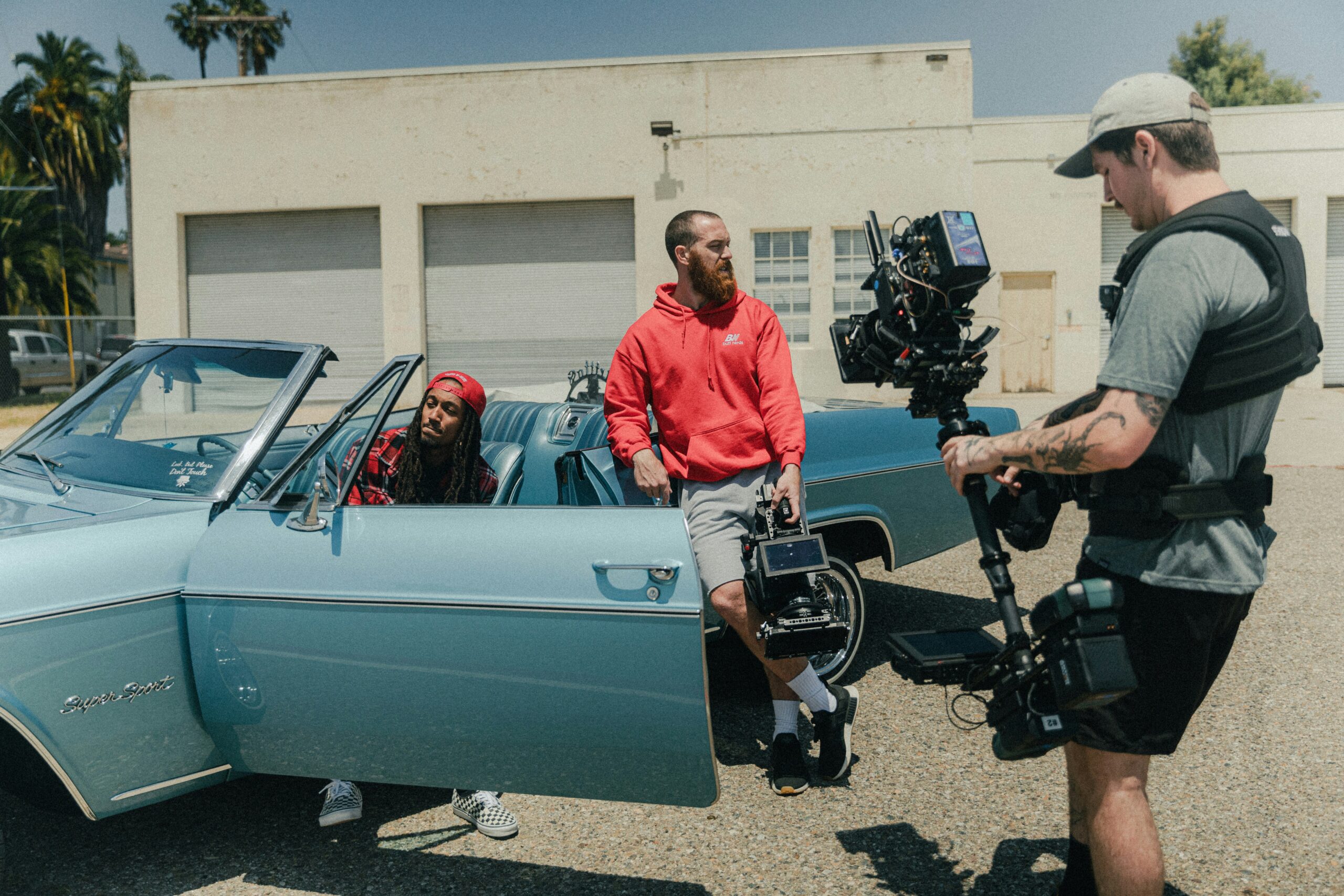
In the world of independent filmmaking, there’s one element that can set your project apart: a compelling narrative. While Hollywood blockbusters dazzle with extravagant effects and big-name stars, indie films shine when they focus on what really matters—the story. With the right blend of character-driven plots and sharp dialogue, indie filmmakers can captivate audiences and critics, even on shoestring budgets.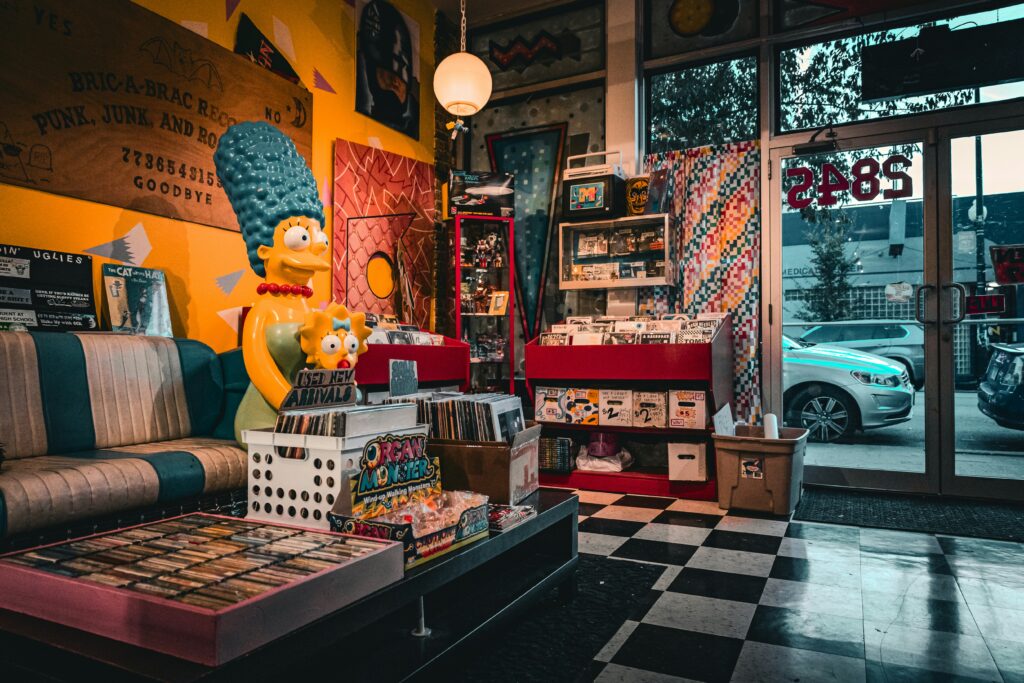
Character-Driven Plots: The Emotional Core of Indie Films
At the heart of every unforgettable film is a story that strikes a chord. Character-driven plots do just that, focusing on internal struggles, growth, and relationships. Rather than relying on explosions or elaborate set pieces, these films pull viewers in through the human experience, offering a deep emotional connection.
Take Moonlight (2016), for instance. Director Barry Jenkins created a beautifully intimate story about identity and personal growth, following the protagonist through three pivotal stages of his life. No flashy effects were needed—just raw, emotional storytelling that resonated on a global scale. The power of character-driven narratives lies in their ability to evoke empathy, pulling viewers into a world shaped by relationships and personal transformation.
Dialogue: Your Most Potent Storytelling Tool
Words can work magic, especially in indie films where dialogue often carries the weight of the story. Smart, authentic conversations reveal character, push the plot forward, and leave audiences with lines they’ll remember for years.
Look no further than Before Sunrise (1995), where two characters spend the majority of the film walking and talking through the streets of Vienna. There’s no grand plot twist, no high-octane action—just honest, heart-felt dialogue that turns an ordinary interaction into something captivating and universal. The art of crafting memorable dialogue is a skill that indie filmmakers can use to elevate their films, transforming a low-budget production into an unforgettable cinematic experience.

Maximizing Impact on a Minimal Budget
Indie filmmakers are no strangers to working with tight budgets, but limited funds don’t have to limit creativity. Many low-budget films have made a huge impact by relying on inventive storytelling rather than expensive tricks.
Consider The Blair Witch Project (1999). Filmed with a mere $60,000 budget, it redefined horror by creating atmosphere and tension through suggestion, not spectacle. Or look at Primer (2004), a mind-bending time-travel movie made for just $7,000. The complex plot and thought-provoking ideas made it a cult classic, proving that financial constraints can be overcome with imagination and ambition.
Creating Emotional Engagement
The true strength of a character-driven narrative lies in its ability to forge a deep emotional connection with the audience. Indie filmmakers have the advantage of telling stories that feel personal, relatable, and human. Films like Lady Bird (2017) tap into universal experiences—like the turmoil of adolescence and complex family dynamics—creating authentic, heartwarming stories that resonate across generations. These films remind us that sometimes, the most powerful stories are the ones that reflect our own lives.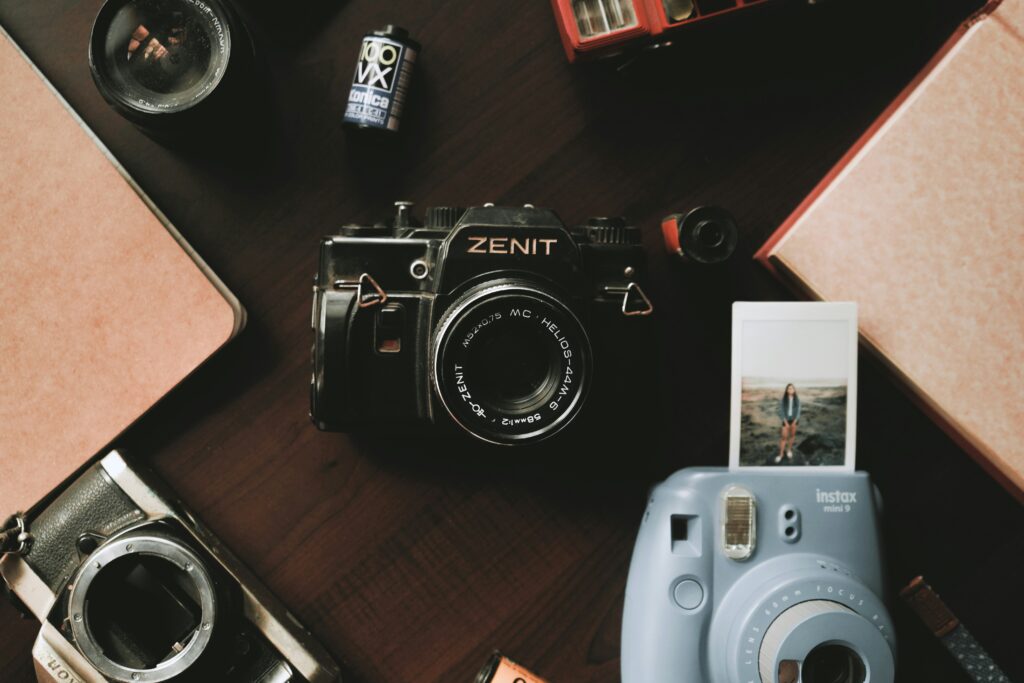
The Power of Subtext and Nuance
In indie filmmaking, subtlety can be your secret weapon. Instead of spelling out every plot point, films that use subtext and nuance encourage audiences to think, analyze, and feel on a deeper level.
Sofia Coppola’s Lost in Translation (2003) is a masterclass in using subtext to build tension and emotional complexity. The film’s understated interactions and quiet moments add layers to the narrative, inviting viewers to immerse themselves in the unsaid emotions between characters. This kind of storytelling can make your film feel richer and more rewarding, providing depth that lingers long after the credits roll.
Story as the Ultimate Special Effect
In the indie film world, your biggest asset isn’t a massive budget or high-end CGI—it’s your ability to tell a great story. By focusing on character-driven plots, razor-sharp dialogue, and the emotional authenticity that resonates with real people, you can create films that stand out in a crowded market. These are the stories that linger with audiences, that critics can’t stop talking about, and that indie filmmakers build careers on.
Ultimately, it’s the emotional truth within your narrative that touches hearts and stirs minds. Invest your time and creativity in developing characters people care about, crafting dialogue that feels alive, and embracing the power of subtlety. Do that, and you’ll create a film that not only defies budgetary constraints but also becomes a shining example of what independent cinema can achieve.
Bolanle Media is excited to announce our partnership with The Newbie Film Academy to offer comprehensive courses designed specifically for aspiring screenwriters. Whether you’re just starting out or looking to enhance your skills, our resources will provide you with the tools and knowledge needed to succeed in the competitive world of screenwriting. Join us today to unlock your creative potential and take your first steps toward crafting compelling stories that resonate with audiences. Let’s turn your ideas into impactful scripts together!
Advice
How a Director’s Vision Shapes the Soul of a Film
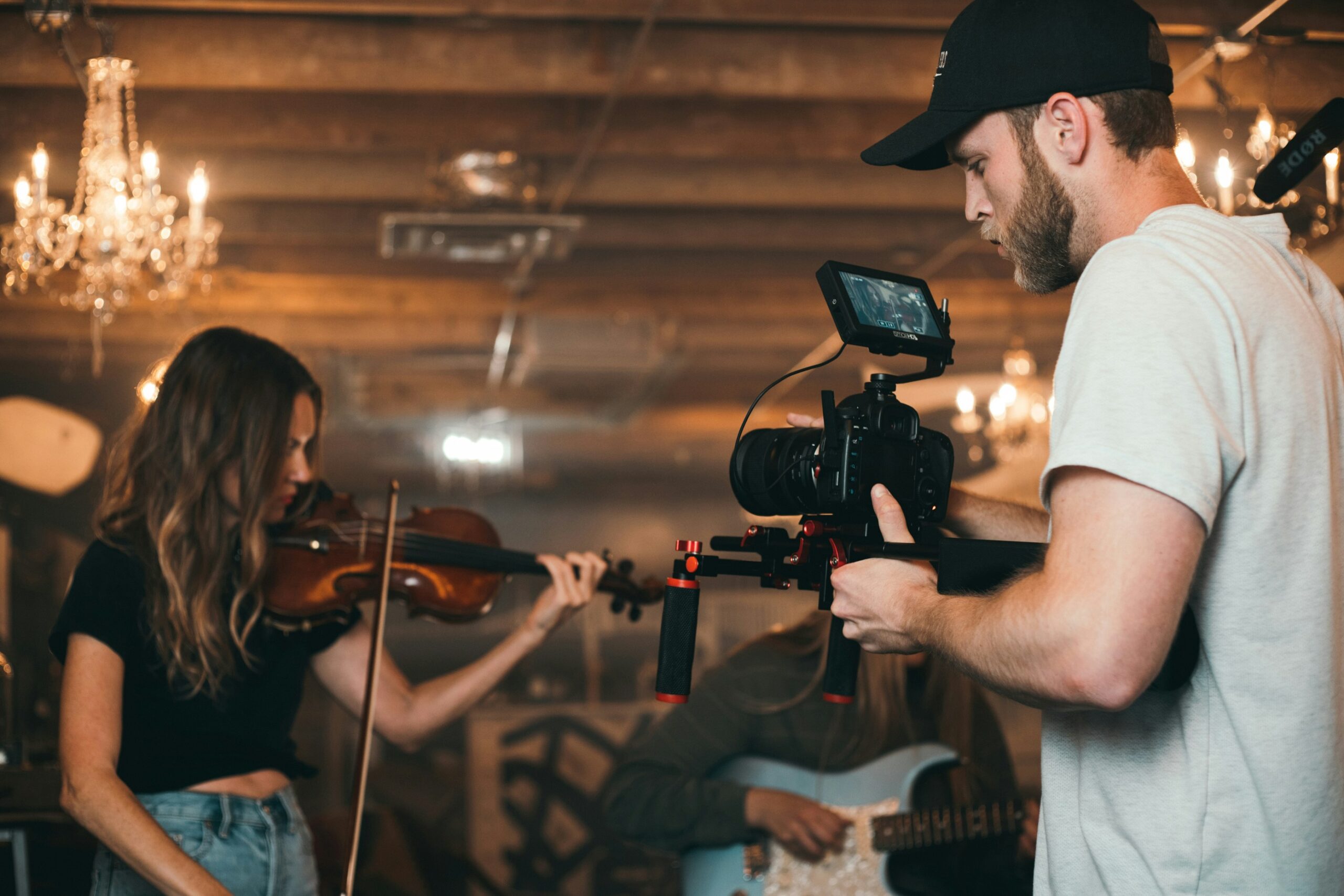
The director is the guiding force behind any film, taking it from mere words on a page to a visual and emotional experience that resonates with audiences. Their unique vision influences every aspect of the filmmaking process, from visual style to narrative tone. This article delves into how directors bring their visions to life and shape a story into an unforgettable cinematic experience.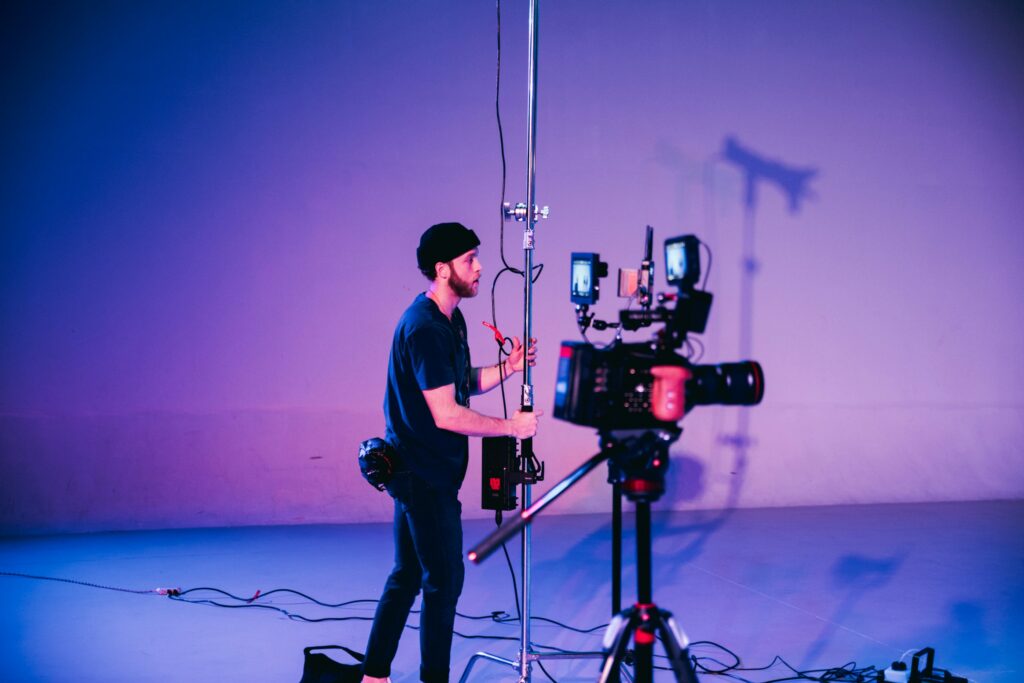
Visual Style: Painting a Story with Images
A director’s visual style acts as the fingerprint of the film. This includes everything from the choice of color palette and camera angles to the lighting and framing of each scene. Some directors prefer sweeping, dramatic visuals, while others lean toward minimalism to reflect intimacy. For example, Wes Anderson’s symmetrical compositions and vibrant colors convey whimsy and precision, while Christopher Nolan’s dynamic framing creates a sense of urgency and immersion.
By crafting a distinct visual identity, directors elevate a script into a visually cohesive story. The style becomes a silent narrator, influencing how audiences interpret the narrative and connect with the characters.
Tone: Setting the Emotional Temperature
The tone of a film defines its emotional resonance, and the director ensures every scene aligns with the intended feeling. Tone is a balancing act that relies on the interplay of acting, music, and pacing. For instance, in Get Out, Jordan Peele blends suspense with social commentary to create a unique horror experience that feels fresh yet grounded.
Directors fine-tune tone by deciding when to amplify drama, lighten the mood with humor, or allow silence to linger. These decisions ensure the audience stays emotionally engaged from start to finish.

Storytelling Choices: Turning Pages into Cinematic Moments
Directors make hundreds of storytelling decisions to bring scripts to life. This includes determining which moments to emphasize, how characters should interact, and what subtext to layer into each scene. The pacing of the story also lies in their hands—whether a film builds tension gradually or delivers high-octane thrills at every turn.
A director’s interpretation can even alter the script’s meaning. For instance, Alfred Hitchcock’s use of camera techniques and misdirection in Psycho creates a sense of foreboding that isn’t as explicit in the screenplay. Their storytelling choices define the film’s identity and impact.
Collaboration: Realizing a Vision with the Team
While the director’s vision is central, filmmaking is a collaborative art form. Directors rely on cinematographers, production designers, editors, and actors to bring their ideas to fruition. Great directors foster an environment where creativity thrives, allowing their team to contribute to the vision while staying true to the story. Quentin Tarantino, for instance, is known for his close collaboration with actors to develop iconic performances.
Effective collaboration ensures the director’s vision permeates every layer of the film, from costume design to post-production effects.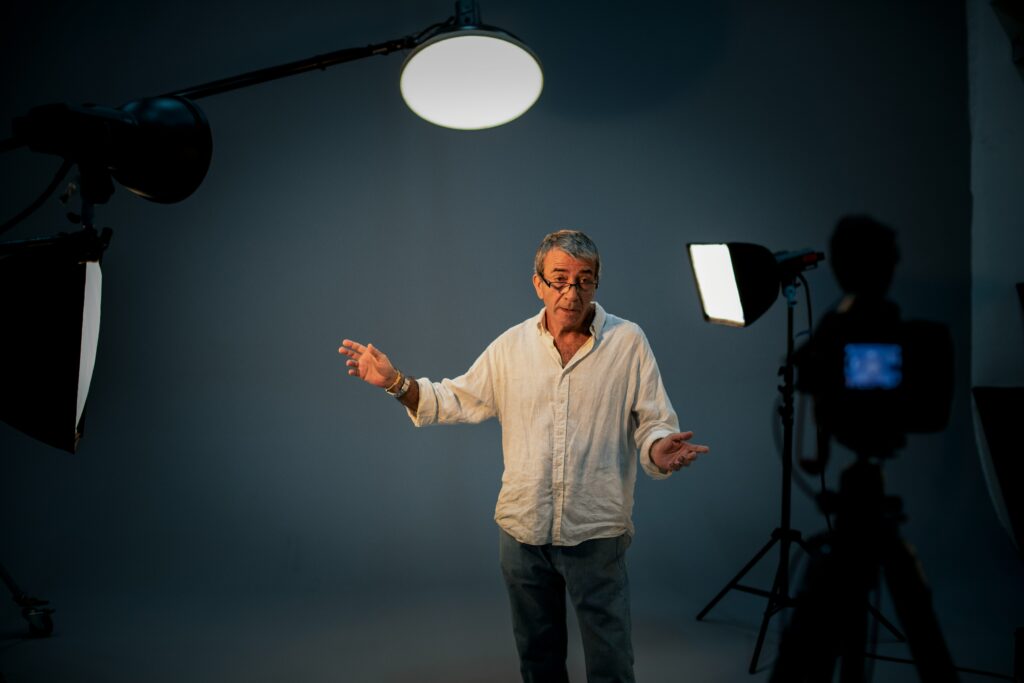
Excerpt from Joan Montreuil
“The Director’s vision is crucial in shaping the soul of a film, especially for someone who writes from personal experiences and life lessons. When a director interprets a script, they infuse it with their unique perspective, bringing depth and authenticity to the narrative. This vision acts as a lens through which the audience perceives the story, allowing them to connect with the characters and themes on a deeper level.
Drawing from your own life experiences means that the emotional truth of the story is rooted in reality. A director who understands and shares that vision can amplify those emotions, translating your lessons learned into powerful visual storytelling. They set the tone, guiding how scenes are framed and how actors deliver their performances, ensuring that the essence of your story shines through.
Additionally, a director’s vision influences the overall style and mood of the film, whether it’s through color palettes, music choices, or pacing. This artistic direction creates an atmosphere that resonates with viewers, making them feel the weight of the experiences portrayed. Ultimately, the director becomes a vital collaborator, helping to transform your insights into a cinematic experience that speaks to audiences and leaves a lasting impact.”
Conclusion: The Magic of Visionary Directing
A director’s role is akin to that of a maestro, orchestrating disparate elements into a harmonious whole. Their vision breathes life into a script, transforming it into a fully realized world that captivates audiences. By defining visual style, controlling tone, and making intentional storytelling choices, they create films that leave lasting impressions.
Ultimately, the director’s vision is what makes movies magical. It is the bridge between imagination and reality, showing us worlds we’ve never seen and emotions we’ve never felt. Aspiring filmmakers can draw inspiration from the profound influence of visionary directing, learning to shape their own unique voices into unforgettable works of art.
Bolanle Media is excited to announce our partnership with The Newbie Film Academy to offer comprehensive courses designed specifically for aspiring screenwriters. Whether you’re just starting out or looking to enhance your skills, our resources will provide you with the tools and knowledge needed to succeed in the competitive world of screenwriting. Join us today to unlock your creative potential and take your first steps toward crafting compelling stories that resonate with audiences. Let’s turn your ideas into impactful scripts together!
-
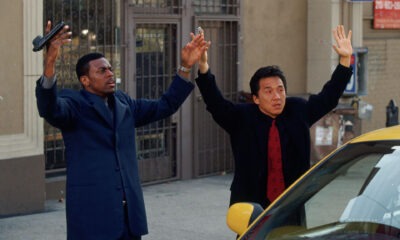
 Entertainment3 days ago
Entertainment3 days agoWhat Chris Tucker and Jackie Chan Teach Us About On-Screen Chemistry
-

 Advice1 week ago
Advice1 week agoThe Impact of Music on Film Pacing
-

 Advice1 week ago
Advice1 week agoHow to Create Unforgettable Movie Scenes
-

 Advice1 week ago
Advice1 week agoMaster the Art of Film Casting
-

 Entertainment8 hours ago
Entertainment8 hours agoPress Release: “Trapped,” A Feature Film
-
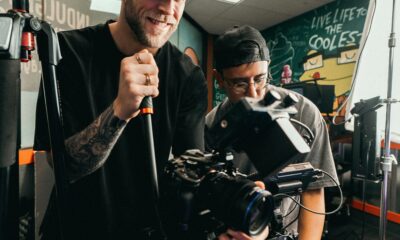
 Advice3 weeks ago
Advice3 weeks agoA Reality Check for Aspiring Filmmakers
-

 Advice1 week ago
Advice1 week agoReinventing Genres: Tips for Filmmakers
-

 Advice2 weeks ago
Advice2 weeks agoScreenwriting Tips for Aspiring Filmmakers









